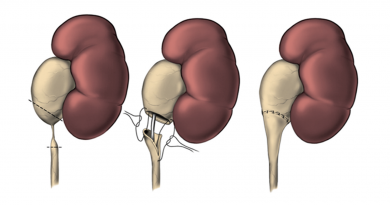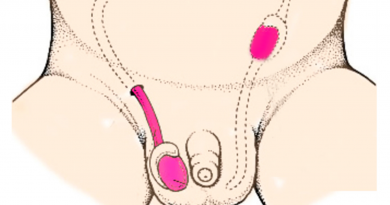Enuresis Nocturna (Bedwetting)
Noctunal enuresis is defined as nighttime bedwetting in children five years of age or older. Although it is accepted as a part of normal development, nighttime bedwetting can be defined as a clinical problem because it causes psychological and sociological disorders in children in case of persistance after 5 years of age. Although the incidence decreases with age (decreases 15% each year of life), it may persist in 1% of 18-year-old individuals. It is more common in boys. More frequent incidence seen in children with a similar history in parents indicates a genetic predisposition.
Different presentations can be reflected in the clinic. Most (90% of children) have not experienced a dry period of 6 months since infancy. Rarely, they do not have nighttime bedwetting for more than 6 months and then have periodic abductions. In addition, nocturnal enuresis patients can be classified according to the presence of concomitant daytime voiding problems. This classification is very important in determining the approach to the patient. It is possible that nighttime incontinence may be a more important reflection of a kidney or bladder problem.
If we put aside the nighttime bedwetting that develops as a result of medical disturbances, there are different views on the mechanisms by which it develops. We know that nighttime urine production in children is higher than in adults, their bladder capacity is less and the frequency of emptying is higher. When long and deeper periods of deep sleep are added to this situation, a suitable medium for night abductions is prepared. Apart from these natural developmental disadvantages, it can also be an outgrowth of disorders such as childhood diabetes, urinary concentrating disorders of the kidney, bladder function disorders.
The diagnosis should be questioned in a wide range of areas such as voiding habits, fluid intake habits, sleep disorders, and social and psychological problems. If necessary, family may be asked to keep a record of 3 days (voiding diary), including type, amount, hours and amount of the liquid. Urine analysis is necessary, and in very rare cases, further investigations such as blood tests, ultrasonography, voiding tests may be performed if deemed necessary by the expert.
Treatment approaches vary. The proper information should be given about the defective fluid intake, voiding habits and sleep disorders. In cases where recommendations are insufficient, drug therapy, alarm therapy or combination may be initiated. In drug treatment the drug form of the active substance of desmopressin can be used, which reduces urine production at night. It should be taken 1 hour before bedtime. The duration of treatment varies from 3 to 6 months. Duration and termination of treatment should be under expert control. There is no severe side effect of the treatment, especially in the direction of infertility. In alarm therapy, the device of the underwear worn will wake the child by wetting with the urine. After a certain period of time (at least 3 months), it is aimed for the child to wake up without urinating when the bladder is filled and stretched during sleep. Co-administration of these treatments is also possible. In addition to the child, the family should be involved in the treatment process.
Nighttime bedwetting affects negatively families as well as children socially and psychologically. It should be known that after 5 years of age, the situation should be taken seriously and consulted with expert assistance and the problem should not be underestimated. Parents should not think that the child is doing this consciously or because of a mental problem. They should be patient and should avoid blaming attitudes against the child. Rumors about the waist opening that is mentioned as a cause among the public, or it will be passed after circumcision, or treatment can cause infertility and that penal methods bring benefits are not true. The Turkish enuresis guide is a qualified guide resource for families.




